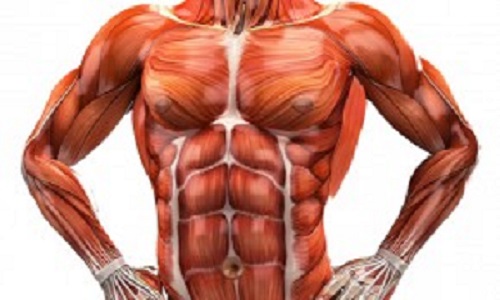 This muscle memory that everyone tells me about. I'm not exactly sure what it means? Who came up with this concept/term?
This muscle memory that everyone tells me about. I'm not exactly sure what it means? Who came up with this concept/term?I've been told that if you return back to training after a brief absence, your muscles will "remember" what to do and how to perform. They will "remember" how to hypertrophy (get bigger).
Here is the thing...your muscles are not smart. In fact, I'd say your muscles are quite stupid. They have no memory, and they do not remember how to do things.
 You do however, have a brain and nervous system. Your brain is quite clever. Your brain stores movement patterns, your brain "remembers" how to perform complex tasks. Your brain is connected to your muscles by nerves. Your brain receives feedback from your muscles about length and tension, as well as sends signals to your muscles to undergo contraction (and relaxation). Your brain is responsible for balance, coordination, speed and movement (being drunk is a great example of how movement and coordination is controlled by the brain...not that I condone experimenting to prove my point!)
You do however, have a brain and nervous system. Your brain is quite clever. Your brain stores movement patterns, your brain "remembers" how to perform complex tasks. Your brain is connected to your muscles by nerves. Your brain receives feedback from your muscles about length and tension, as well as sends signals to your muscles to undergo contraction (and relaxation). Your brain is responsible for balance, coordination, speed and movement (being drunk is a great example of how movement and coordination is controlled by the brain...not that I condone experimenting to prove my point!)The brain is like the guy pulling the strings on the marionette. The muscles simply do what they are told!
There is no such thing as muscle memory. Muscles are not smart...but your brain is quite clever!




































